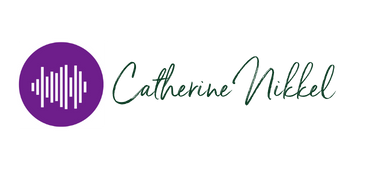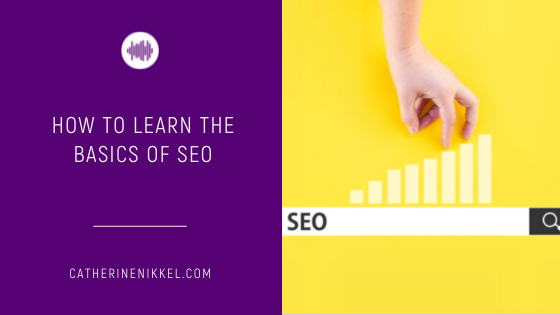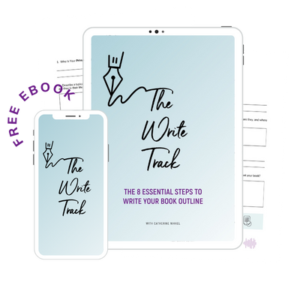Search Engine Optimization — aka SEO — has become quite the buzzword in recent years. At its core, SEO is optimizing your content so that it gets ranked well in search results. People use search to find their information, so you want to make sure that your content is geared towards just that.
When you conduct your searching, are you scrolling to page ten to find the answer you’re looking for? Likely not. However, when you create content that gets ranked well on search engines like Google, you increase the chances of people consuming your content. SEO involves all of the actions you must do to make Google consider your website a quality source and thus rank it highly.
But how does Google know which pages to rank? It uses a variety of algorithms to figure out which ones are legitimate and which ones aren’t as reputable.
Getting Started with SEO
When setting up your site, there are a few basic things to do to ensure that you’re on the right track.
1. Get a Strong Domain
Your domain refers to the website URL where people can find you (ex: catherinenikkel.com). Your domain name part doesn’t have to include keywords. However, it should be as close to your business name as possible, include no hyphens, and be short and memorable.
The TLD (which stands for a top-level domain that comes after your domain name) should be as credible as possible — like .ca, .com, or .org — depending on the nature of your business.
2. Use a Reputable Website Platform
Nowadays, you can choose hosted platforms (think Wix, Squarespace, Shopify) that host your website and provide premade templates for you to choose from. This makes it easy for beginners who want to focus on adding content, not building the website from the ground up.
There are also self-hosted platforms like WordPress and WooCommerce, which are reliable options but require more work and web experience to set up.
3. Ensure a Positive User Experience
UX — otherwise known as user experience — is essential if you want your website to succeed.
Here are some of the things you can do to ensure a positive user experience:
- Make sure your website is mobile-friendly
- Avoid ads or popups
- Use a readable font size
- Optimize site loading time
- Create a site structure (home page, subpages, blog, etc.)
Keyword Research
Once you have your website up and running and optimized for search engines, it’s time to turn to keywords to help once again improve the rankings of your site’s content.
First, you want to understand your target market and the types of things they are searching for. Then, you can ask your audience through social media or other channels to get a good grasp of what types of content people are looking for.
Once you come up with those topics and leverage keywords to further optimize that content, you can use keyword search tools such as WordTracker or Google AdWords to help figure out the optimal keywords for the subjects you’ll be creating content around. You’ll uncover high- and low-competition keywords, which have their advantages. You get to choose whether you want to compete with the masses or if you want to pick lesser-known keywords to give you the most significant strategic advantage.
___________________________
We are just uncovering the surface of SEO, but those mark the basics! So what more are you looking to find out about when it comes to SEO?
Resources

Email: catherine@catherinenikkel.com
Need help telling your story in your own voice? Let’s make it happen. Schedule a consultation with me here
Catherine Nikkel is a content creator, ghostwriter and the founder of Mindful Media. She specializes in helping CEOs, entrepreneurs and influencers create copy that engages and converts. Her work has appeared in Forbes, Huffington Post, Yahoo!, Authority Magazine, The LA Tribune and more.







